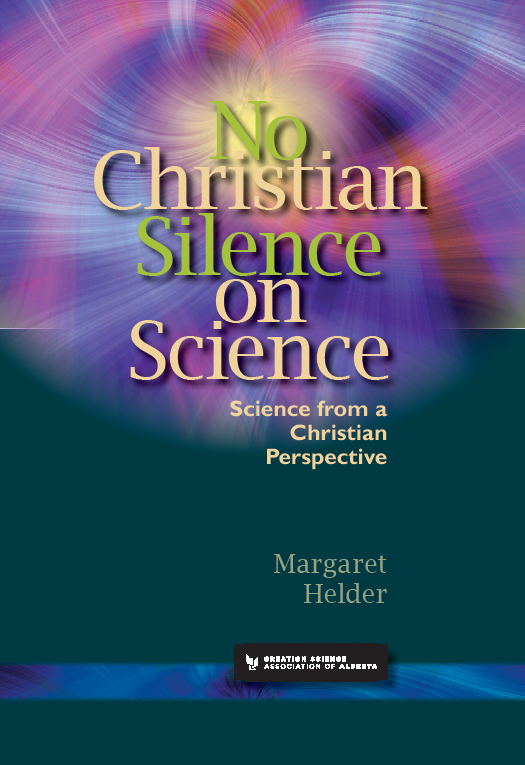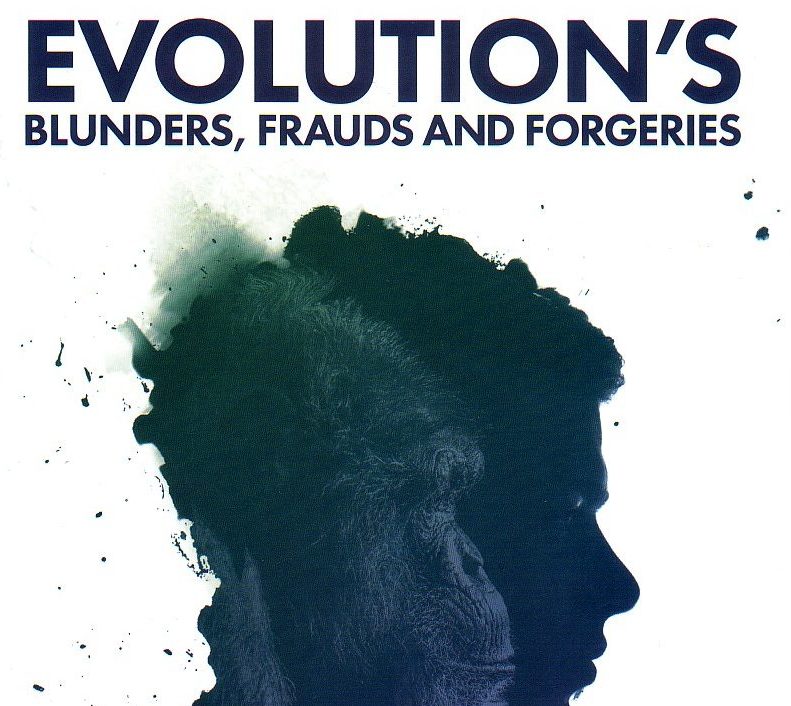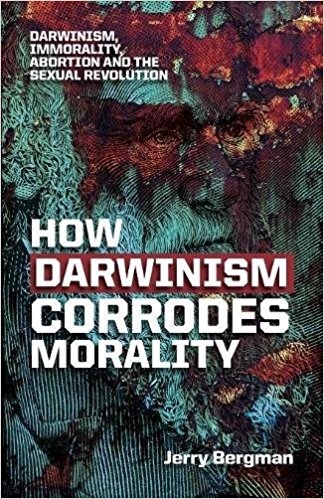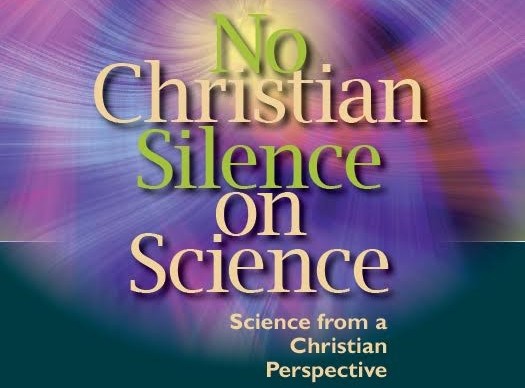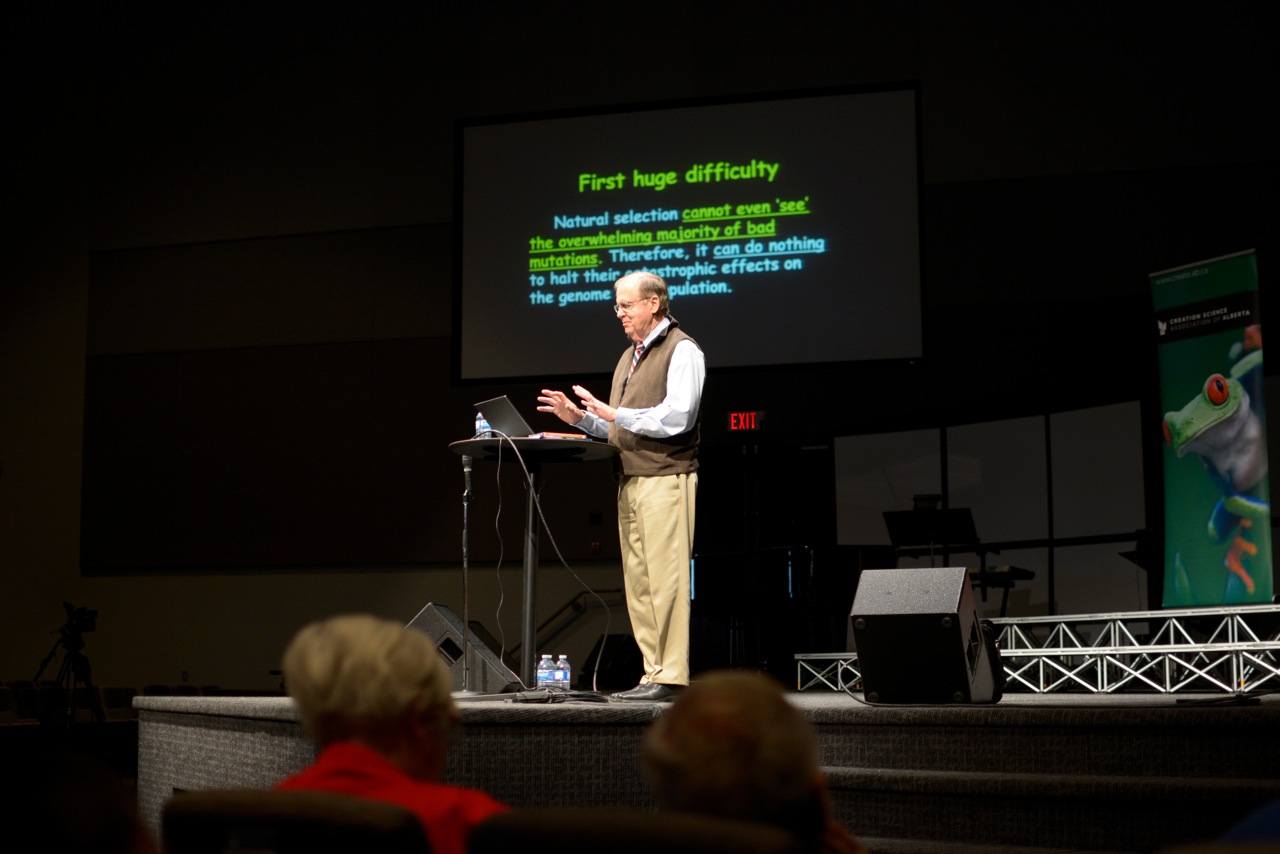Articles » Philosophy
My husband and I recently visited the Philip J. Currie Museum at Wembley in northwestern Alberta. The rationale for building this beautiful new facility was the Pachyrhinosaurus bonebed at nearby Pipestone Creek. This horned dinosaur is very interesting, known from bonebeds in Alberta and the north slope of Alaska. The museum did not display a model of the highly concentrated bone bed (up to 200 bones per square metre), nor a skeleton of Pachyrhinosaurus, nor a model of the creature (that I saw). They did however display different sizes of one kind of arm bone to illustrate that animals of all ages were overtaken by the same watery catastrophe. Read the rest of this entry »
Margaret Helder has developed a guide to enhance the learning opportunities and appreciation of the message in her book (which is to encourage everyone to critically evaluate scientific pronouncements). For each chapter there is a brief overview statement. Brief paragraphs follow for each subsection in each chapter with key concepts introduced. There follows for each chapter a list of questions, many of them involving the key concepts. The next section provides detailed answers for each question. A sure to be popular section follows on resources. These are provided under topical headings. Books, articles (all obtainable) and especially video clips on-line, are certain to be useful for any biological studies, not just for this book. Lastly for each chapter, a section on extension is provided. This booklet of about 60 pages, will be available on line (free download) and in hard copy. Inquire through our website for your copy as soon as it is available.
A sign of the maturity of the creation science field is that books on a broader spectrum of topics have begun to appear. Excellent as titles are on such issues as dinosaurs and radiometric dating, it is nice to see some discussion of new issues. So it is then, that Dr. Jerry Bergman’s new book entitled Evolution’s Blunders, Frauds and Forgeries is certain to attract attention. Besides, the information contained therein is certainly fascinating.
Many of us have heard of the Piltdown Man fraud and the unmasking of that fraud which rocked the scientific world in 1953. However the story of how the events unfolded before that is very interesting. Since the deception was so obvious, it is a wonder that the scientific world allowed themselves to be deceived for more than 40 years. Similarly the 1922 ‘discovery’ of Nebraska Man which turned out to be an extinct pig, is also well known. However this book by Jerry Bergman also discusses many other astonishing examples of error or downright fraud. Read the rest of this entry »
Order OnlineDr. John Byl’s keynote lecture at Creation Weekend on the evening of Saturday, October 21, 2017 was entitled “Has Science Killed God? Christianity vs. Naturalism.” Many people in our modern society, Dr. Byl declared, believe that science can explain everything, so that God is not needed. These people accept that physical laws leave no room for God. Well then, said Dr. Byl, let us evaluate this position. He began by informing us that we must distinguish between the actual facts – the observed data – and scientific theories that are constructed to explain facts. Read the rest of this entry »
/ Pages
Jerry Bergman (2017) Joshua Press pp. 312
The best books are those that carry a compelling message and are interesting to read. Dr. Jerry Bergman’s new book How Darwinism Corrodes Morality is such a document. It carries the reader along from story to story. His discussion demonstrates how, in the early twentieth century, certain individuals who were consumed with a passion for Darwinism, managed to transform the values and customs of society from morals based on Judeo-Christian thought to a rejection of standards of any sort. Read the rest of this entry »
The theme of Creation Weekend 2017 was “In Science and Faith, Worldview Matters”. Our speakers Carson Lueck and Dr. John Byl addressed this issue. Many people, in previous years, had indicated in questionnaires that they would be interested in presentations on apologetics. So here we were, considering worldviews. Naturally one might ask “What is a worldview? Why does it matter and how does it apply to our lives?” Read the rest of this entry »
Creation Science Association of Alberta is delighted to announce two wonderful speakers for Creation Weekend on Friday October 20 and Saturday October 21, 2017.
On Friday evening Carson Lueck B.Sc., B. Ed., is scheduled to speak on “How the Authority of Scripture Impacts Science”. This session will be aimed at youth and young adults. So bring your busloads of students to this event!
On Saturday October 21 come to hear Dr. John Byl, professor emeritus from Trinity Western University in Langley, B.C. His research interests include astronomy, physics, mathematics and the interaction between Christian faith and science, he has lectured in a large number of countries all over the world.
Ever since the efforts of mankind at the tower of Babel, when the people sought to construct their own society based on their own agenda, the search for the perfect man-devised society has continued through the centuries. Indeed, since the advent of Enlightenment thinking in Europe in the eighteenth century, secular mankind has placed a particularly high value on his ability, based on reason alone, to find solutions to social problems. Recently we saw an example of this attitude in the pronouncements of Neil deGrasse Tyson, director of the Hayden Planetarium in New York City. This man is the philosophical successor of Carl Sagan who declared: “The universe is all there is, or was, or ever will be” (in his famous Cosmos series on the history of the universe). More recently Dr. Tyson has hosted a remake of Sagan’s Cosmos series for public television. Read the rest of this entry »
A recent list of the 100 most important “scientific discoveries that changed the world” lists Rick Smalley’s discovery of Buckyballs (English, 2014, p. 13). But who was this man? Richard (Rick) Smalley (June 6, 1943-October 28, 2005) was Professor of Chemistry, Physics, and Astronomy at Rice University. He was awarded the Nobel Prize in Chemistry in 1996 (along with Sir Harry Kroto and Robert Curl) for the discovery and research on a new allotrope (form) of carbon. He called this unique soccerball-shaped molecule buckminsterfullerene, nicknamed buckyballs. Soon a more comprehensive category called fullerenes was proposed to include nanotubes. Read the rest of this entry »
SCIENCE FROM A CHRISTIAN PERSPECTIVE
by Margaret Helder
Reviewed by: Jonathan Dykstra (Editor, Reformed Perspective)
From the title onward, No Christian Silence on Science is a clarion call to Bible-believing, six-day creation upholding Christians to stand up and be counted. It’s much more than that too. The author, Margaret Helder, has written for the Creation Science Dialogue and Reformed Perspective (the magazine I edit) for years, and if you’ve read her there, then you know Dr. Helder approaches God and His creation with awe, and teaches us how to tackle evolution without fear. This book is very much an outgrowth of that work. This, then, is intended to equip us, so we will be able to give a ready defense of our faith, and fortify us, so we will continue to trust in God, even when we face the attacks that will come in this predominantly Darwinist and secular field. Read the rest of this entry »
Order OnlineGeophysicist Dr. John Baumgardner came to Edmonton after having delivered lectures in the Lower Mainland of B.C., and in Calgary. In Edmonton he delivered four lectures to large appreciative audiences. In all his presentations Dr. Baumgardner set the context by declaring that in our society today, secular science is used as a weapon to draw young people away from their early Christian training. Dr. Baumgardner illustrated this with images of five castles, strongholds deployed in a battle against the knowledge of God. These strongholds are Darwinian evolution, uniformitarian geology, big bang cosmology, materialist philosophy and radioisotope dating methods. During this lecture series in Edmonton, our guest speaker touched on materialist philosophy (Friday evening), Darwinian evolution (Saturday morning and afternoon) and uniformitarian geology (Saturday evening). Read the rest of this entry »
A prominent biology journal has withdrawn a research article which it had published a few weeks previously. The sole reason was three references to the “Creator” in connection with the structure and function (design) of the human hand. Retractions or withdrawing scientific articles from publication used to be almost unheard of. In recent years however such events have become increasingly common. The most common reason is that the information contained therein was falsified or fraudulent (made up). Read the rest of this entry »
We hear all the time about how complicated living cells are. It makes us think that such entities were designed to work as they do. People who support the idea that all things came about by natural processes, however, do not want to think that there is a mind behind what we see in all living creatures from microbes up to the largest, most complicated organisms. These latter people want to show how the living cell developed spontaneously, without any direction. So they want to demonstrate that there were early cells which were much much simpler than what we see today, cells that could have appeared through natural processes. These scientists want to demonstrate that the barriers to spontaneous development are not too high. Read the rest of this entry »
German astronomer and mathematician Johann Kepler (1571 –1630) was a central figure in the 17th century scientific revolution. He was not only the founder of the physical astronomy discipline, “the first astrophysist,” and an outstanding scientist, he was also a committed Christian (Morris, 1998, p. 33; Gingerich, 1993, p. 305). Kepler is best known for discovering the three laws of planetary motion that provided a foundation for Isaac Newton’s theory of universal gravitation (Dao, 2008, p. 8). The problem that motivated the discovery of his three laws was observational astronomy did not support the circular orbit belief, and Kepler was able to determine why. Read the rest of this entry »
It is not just the Bible believing Christians who base their interpretations of nature on their worldview, so too do the secular scientists. It so happens however that the worldviews of these two groups, and thus the assumptions used in interpreting nature, are totally different. The most obvious assumption of the Christians is that God’s work and character are evident in nature. Mainstream scientists alternatively assume that God will never be revealed in nature, but only matter and processes. Read the rest of this entry »



